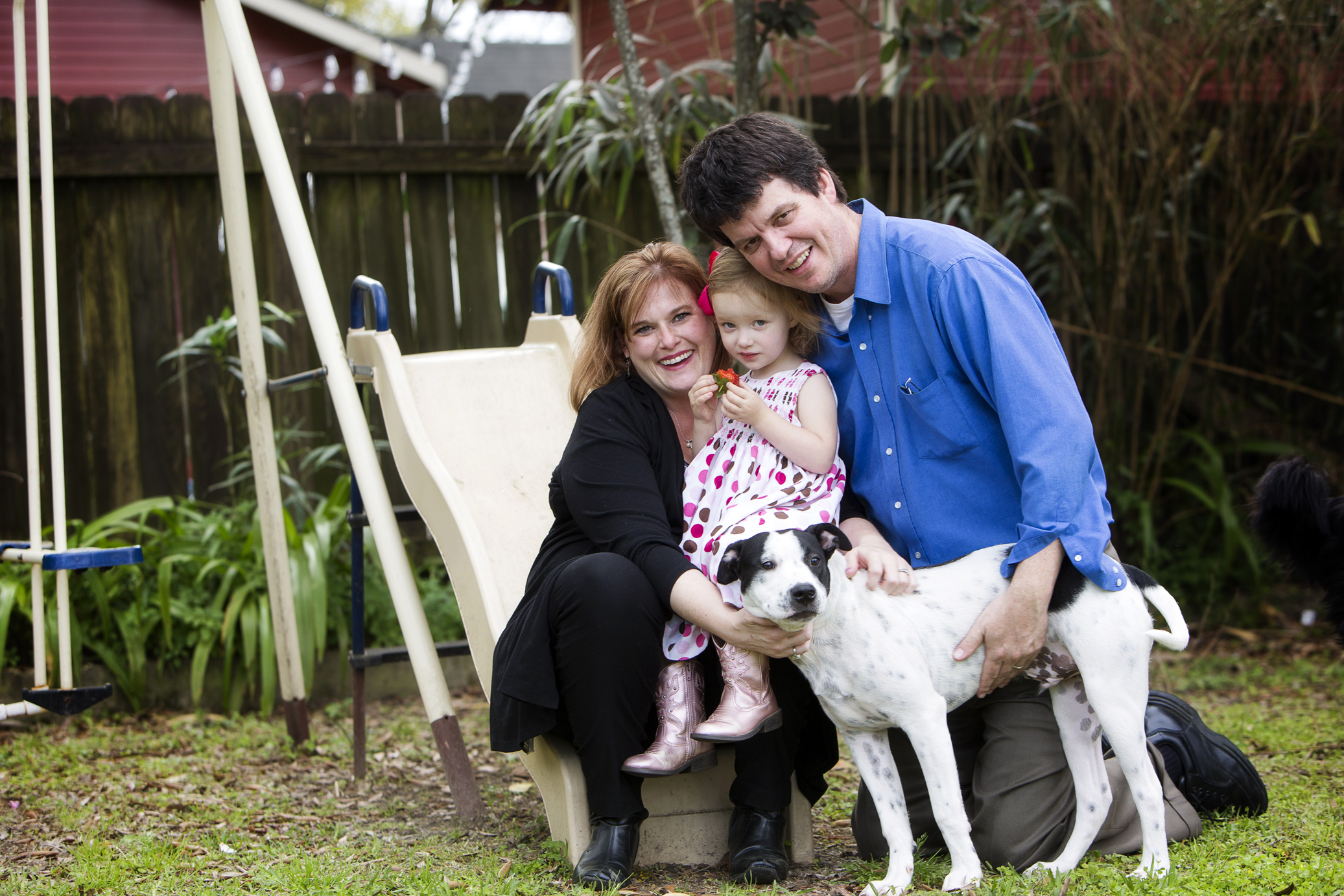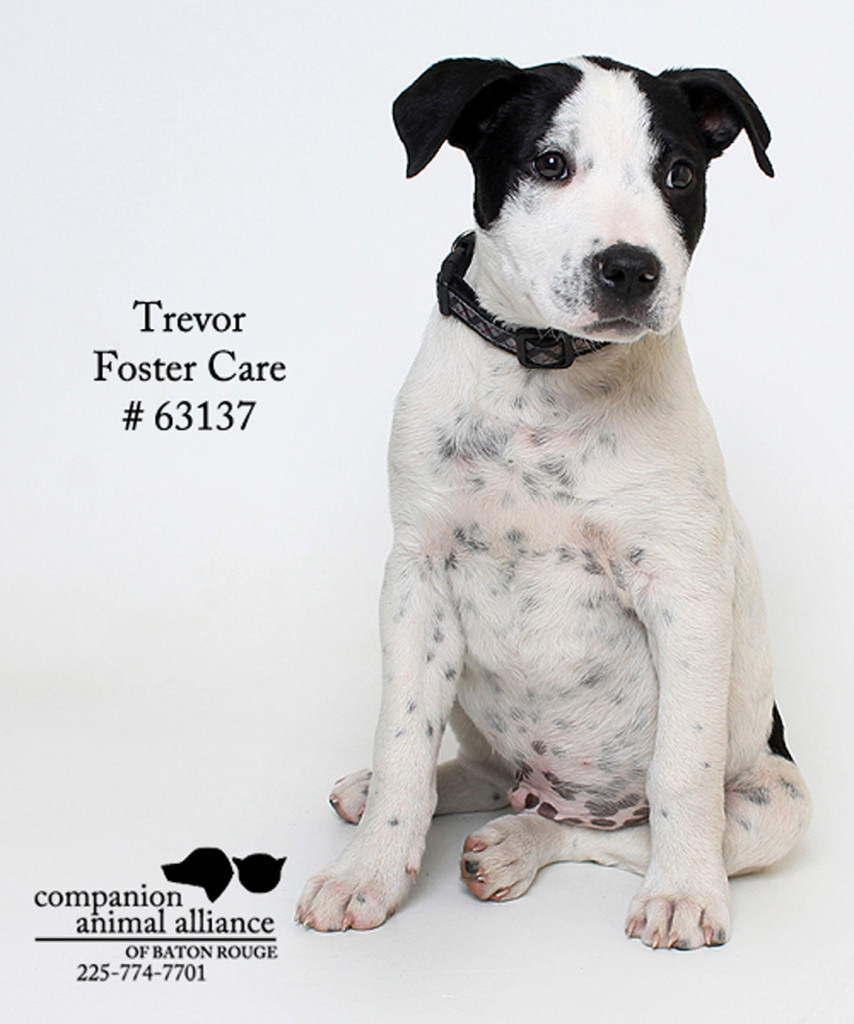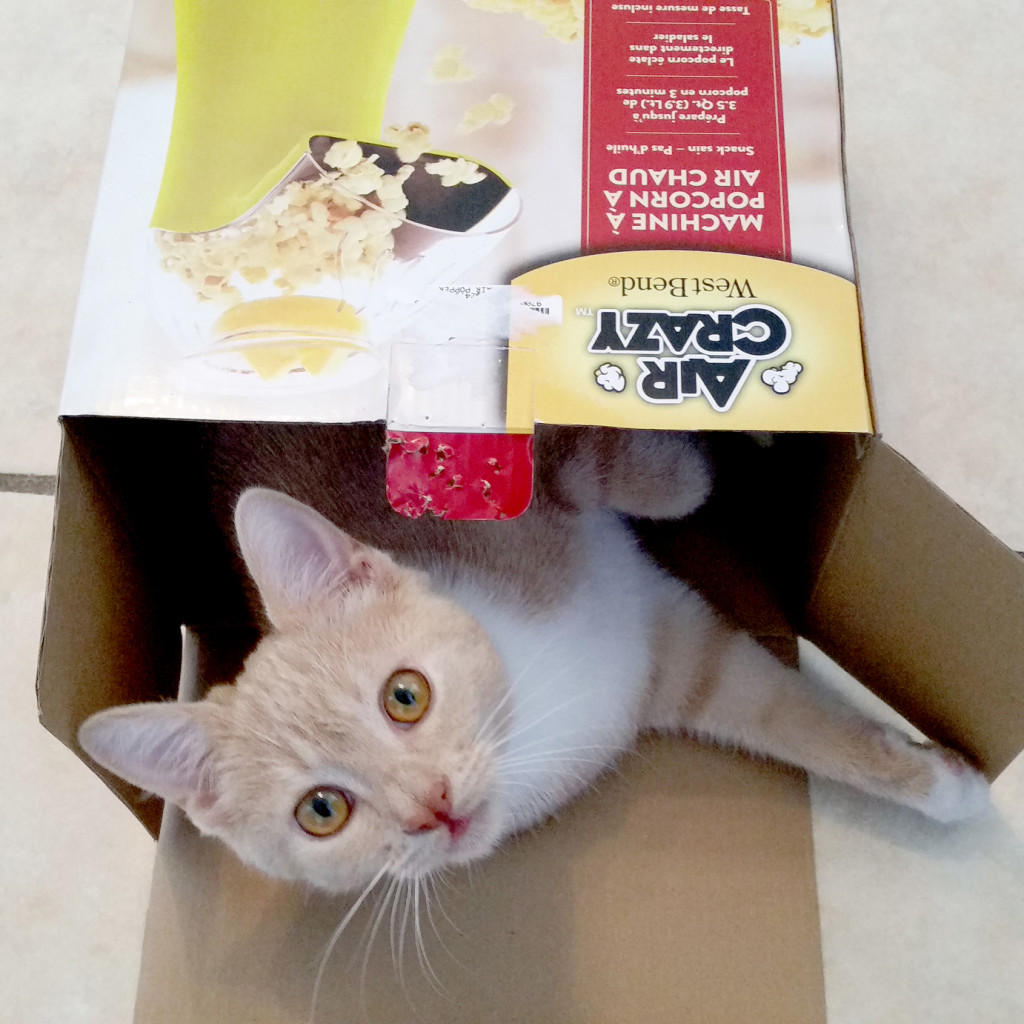
Social media and photography help adopters and pets find each other
A few years ago, Erin Locke created an Instagram account for her cleft-nose cat, Posey.
Although it started as a joke, @DoubleNoseWonderCat now has more than 14,000 followers.
Whenever people see other cats who have cleft lips and noses, they tag Posey.
|
|
“It’s such an interesting network of social media cats,” Locke says. “I know more cats than people.”
One of those followers is @LizaFootlessKitten, the account for a Baton Rouge kitten with nearly 45,000 followers. Last January, Liza tagged Posey in a post picturing a cleft-nosed, buff kitten rescued by Baton Rouge’s Cat Haven.
“Her mother and her five littermates had all been adopted,” Locke recalls. “I thought, ‘there’s no way that kitten was still available.’ But she was. I didn’t understand that because she’s the cutest one.”
So Locke, who lives in Knoxville, Tennessee, got in her car and drove 10 hours to Baton Rouge. She adopted the cleft-nose kitten and named her Clementine. Now known to her Instragram fans as the Double-Nosed Wonder Kitten, Clementine has a new home, a famous cat companion in Posey and even her own hashtag—#doublenosewonderkitten.
Adoption stories like Locke’s are becoming more common as shelter organizations find new ways to use photography and social media.
Petfinder.com and Adoptapet.com—along with local shelter websites—showcase adoptable animals available from rescues and shelters.
Potential adopters input their location, preferred species, breed, age, color, plus the distance they are willing to travel. Within seconds, they can view pictures and read descriptions of all the rescued pets who meet their criteria.
And the more professional and dynamic photographs of shelter pets are, the more likely they are to attract interested adopters.
Image is everything
In the past year, Companion Animal Alliance (CAA) adoption counselor Mark Rayner has fielded nearly 1,600 emails from potential adopters. CAA’s first-quarter adoption rate was 30% higher than the same time period in 2015. Online activity is probably a contributing factor, Rayner says.

CAA’s adoption counselors recruit “wranglers” and photographers to work with pets, posting images on the organization’s website and social media.
The sessions are possible in part thanks to a studio setup and cameras that were donated to CAA by a San Francisco foundation several years ago. But, more importantly, both CAA and other local rescues benefit from the generosity of professional photographers who volunteer their time to get shots of the animals.
“They’re glamour shots, and we know they work,” Rayner says. “That’s why we work really hard to get as many adoptable animals posted as fast as we can.”
On a recent Friday morning, the shelter received a box of eight Great Dane puppies. That afternoon, the staff photographed them.
“The pictures were so good that most of them were pre-adopted that weekend by people who knew the breed,” Rayner recalls. “If we didn’t have the pictures, that wouldn’t have happened.”
Even if a potential adopter’s physical meeting with a pet found online does not go well, the postings still have value. Once at the shelter, adopters are likely to adopt a different animal, making space at the shelter to take in one more homeless pet.
Saving lives with a lens
Good pet photography is about more than fancy studio set-ups with lights and backdrops.
Local photographer Cheryl Dispenza has volunteered to photograph dogs for CAA and Friends of the Animals Baton Rouge for nearly three years. Dispenza and her colleagues have made online superstars out of many animals who had garnered little adopter attention at shelters or rescues.
“When you’re walking through a kennel, you’re not looking at faces,” she explains. “You may be looking down at the back of a dog [or cat] who’s sleeping or cowering in the back of a run or cage. So, you’ll just walk right on by.”
Likewise, potential adopters are apt to scroll right past blurry or poor-quality snapshots online.
“When they see pictures of cute dogs who are happy, it makes a difference,” Dispenza says.
She begins by shooting all of her subjects at eye level with appropriate lighting, so adopters can see their faces.
It often takes 50 shots to get five usable photos. To create those adorable expressions that melt adopters’ hearts, Dispenza sometimes includes props, such as Halloween pumpkins, Mardi Gras beads, colorful bows and bandanas.

Her secret weapons include squeaky toys and a phone app with recorded sounds of puppies and kittens.
“I try to get to know the dogs and play with the dogs a little bit to calm them down,” she says. “You know they’re very nervous and scared. Once you give them a little bit of love, you can sit them down and take some really cute pictures.”
Taking the extra time to engage the animal often reveals its personality traits, tricks it’s learned or commands it understands. Adoption counselors can share that new information with potential adopters—and it can be the key to finding the animal a forever home.
Bazza brings balance
Last January, Autumn Sullivan’s home was feeling empty following the death of Ralph, her family’s 12-year-old English bull terrier.
“Instead of buying an English bull terrier, to honor Ralphie, we wanted to adopt one,” she says.
The Baton Rougean and her husband twice visited the CAA shelter to look at dogs.
Then, one night while searching Petfinder.com, the couple was smitten by a picture of a CAA puppy named Trevor.
“His personality really shone through in the picture. He had a smile on his face, and the way he was sitting reminded me of Ralphie,” Sullivan says.
Trevor had not been at the shelter during the Sullivans’ visits because he was being fostered by adoption coordinator Lily Yap.
Sullivan emailed, called and drove up to the shelter. “I stalked Lily for two days,” Sullivan says with a laugh.
Once he came home, the little terrier puppy had to meet some pretty big expectations. He had to charm the Sullivans’ 2-year-old daughter, Olivia, as well as a 12-year-old Rottweiler named Tallulah and a 7-year-old border collie named Pebbles.
Three months later, Trevor, whom they renamed Bazza, has turned out to be the perfect fit for their family. He plays with Olivia and Pebbles and remains respectful of Tallulah’s advanced age.
While some people might think falling in love with a furry face online might be risky business, Sullivan sees it differently.
“Most people are used to being able to instantly research something,” she says.
Previewing the profiles of animals who meet the family’s needs is a good way to prevent making an impulsive decision when faced with an overwhelming amount of cute and cuddly animals—all in desperate need of a home.
“Online profiles help families make a better decision before going into a shelter,” she says.
 Helping black beauties blossom
Helping black beauties blossom
The rescued pets who arguably gain the most from good marketing are big, black dogs. (Small animals of any species tend to be adopted faster than larger ones.)
Research shows too many of the same kind of animal on an adoption row can be overwhelming to potential adopters.
In the Sportsman’s Paradise, the black Labrador retriever reigns as king. Whether they are bred intentionally or accidentally, these dogs produce large litters. Black is a genetically dominant color. Those factors conspire to yield a disproportionate number of black dogs in shelter populations.
But with good lighting, contrasting backgrounds, props and collars, their shiny coats, bright eyes and demeanor can turn big, black dogs of all breeds into showstoppers. caabr.org
|
|
|
